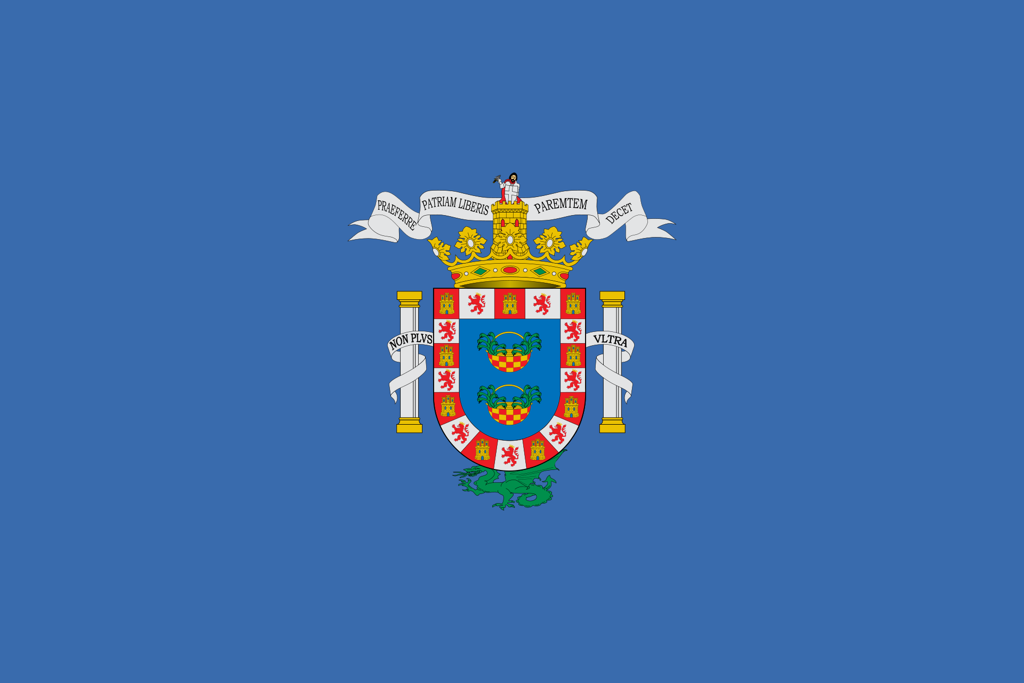Melilla is a Spanish autonomous city located on the north coast of Africa, sharing a border with Morocco with an area of 12.3 square kilometres (4.7 sq mi). Melilla, along with Ceuta, is one of two permanently inhabited Spanish cities in mainland Africa.
Who would expect to find hundreds of Modernist buildings, the second-largest such collection outside Barcelona, in North Africa? Yet here they are, along with one perfectly preserved medieval fortress, several fascinating museums and nearly 50 tapas bars. The result is Melilla, a nirvana for architecture and history buffs, as well as a great place to spend the weekend.
Along with Ceuta, Melilla is one of two autonomous Spanish cities on the Moroccan coast, known as the plazas mayores. These cultural islands have much in common: their economies are rooted in cross-border commerce, their societies are strongly multicultural and there is a significant military presence, the result of strained relations. Melilla is nearly equally divided between Christian and Muslim, with the latter being predominantly Berber. A result of sub-Saharan immigrants trying to get in was the construction of a €33 million fence that stretches from one side of the enclave to the other. The visit of the king and queen of Spain in 2007, the first royal visit in 80 years, met with great local acclaim but was strongly reviled by the Moroccans.
Melilla is very easy on the traveller, and tourist infrastructure is excellent. While ferry-loads of visitors pour in during summer, in the low season you’ll have plenty of breathing room.
Melilla oozes with history, but it is neither as broad nor as deep as you might expect. While the area has been inhabited for more than 2000 years, the old city wasn’t begun until after Spanish conquest in 1496, then built up in four stages. Up until the end of the 19th century, virtually all of Melilla was contained within a single impregnable fortress. Current borders were fixed by several treaties with Morocco between 1859 and 1894, the last following an unsuccessful siege by rebellious Rif Berbers. The method involved shooting a cannonball and seeing how far it went. More fighting with rebel Berbers broke out several times in the ensuing years, until the Spanish protectorate consolidated its grip in 1927. In 1936, Franco flew here from the Canary Islands to launch the Spanish Civil War. Local politics still tip to the right.
Melilla is a semicircle of 12 sq km carved out of the Moroccan coastline. The old town, Melilla la Vieja, is a highly complex, multilevel fortress that juts out into the sea. It contains numerous museums, as well as some small residential areas. The port and major beaches lie to the south, with the ferry terminal directly east.
The ‘new town’ is a broken grid of streets with an attractive commercial centre full of Modernist buildings. The heart is the long triangular Parque Hernández, which ends at the circular Plaza de España. Most of the hotels, banks and restaurants are located to the north.
Who would expect to find hundreds of Modernist buildings, the second-largest such collection outside Barcelona, in North Africa? Yet here they are, along with one perfectly preserved medieval fortress, several fascinating museums and nearly 50 tapas bars. The result is Melilla, a nirvana for architecture and history buffs, as well as a great place to spend the weekend.
Along with Ceuta, Melilla is one of two autonomous Spanish cities on the Moroccan coast, known as the plazas mayores. These cultural islands have much in common: their economies are rooted in cross-border commerce, their societies are strongly multicultural and there is a significant military presence, the result of strained relations. Melilla is nearly equally divided between Christian and Muslim, with the latter being predominantly Berber. A result of sub-Saharan immigrants trying to get in was the construction of a €33 million fence that stretches from one side of the enclave to the other. The visit of the king and queen of Spain in 2007, the first royal visit in 80 years, met with great local acclaim but was strongly reviled by the Moroccans.
Melilla is very easy on the traveller, and tourist infrastructure is excellent. While ferry-loads of visitors pour in during summer, in the low season you’ll have plenty of breathing room.
Melilla oozes with history, but it is neither as broad nor as deep as you might expect. While the area has been inhabited for more than 2000 years, the old city wasn’t begun until after Spanish conquest in 1496, then built up in four stages. Up until the end of the 19th century, virtually all of Melilla was contained within a single impregnable fortress. Current borders were fixed by several treaties with Morocco between 1859 and 1894, the last following an unsuccessful siege by rebellious Rif Berbers. The method involved shooting a cannonball and seeing how far it went. More fighting with rebel Berbers broke out several times in the ensuing years, until the Spanish protectorate consolidated its grip in 1927. In 1936, Franco flew here from the Canary Islands to launch the Spanish Civil War. Local politics still tip to the right.
Melilla is a semicircle of 12 sq km carved out of the Moroccan coastline. The old town, Melilla la Vieja, is a highly complex, multilevel fortress that juts out into the sea. It contains numerous museums, as well as some small residential areas. The port and major beaches lie to the south, with the ferry terminal directly east.
The ‘new town’ is a broken grid of streets with an attractive commercial centre full of Modernist buildings. The heart is the long triangular Parque Hernández, which ends at the circular Plaza de España. Most of the hotels, banks and restaurants are located to the north.
